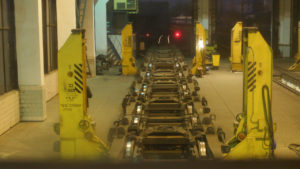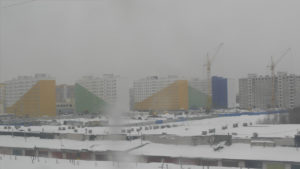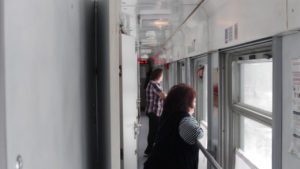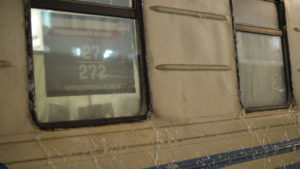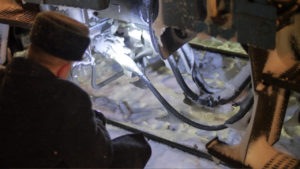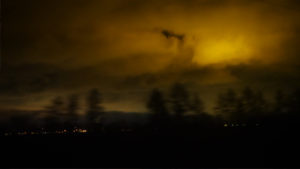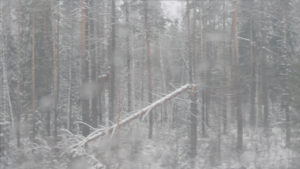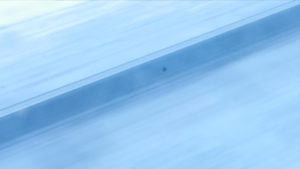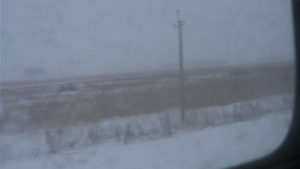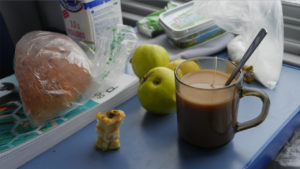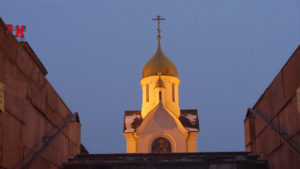Carpet of Steel
Taking the last train to Novosibirsk, alone. Travelling as a performance, challenging the notion of experience, documentation, success and the “spectacular” boundary of performance itself – with a journey hundreds of thousands have done before.
The legendary Sibirjak train (Сибиряк) connection between Berlin and Novosibirsk got shut down by the Russian Railways in December 2013 due to lack of demand. One reason might be that the line was not actively promoted to potential customers by the Deutsche Bahn. Russian Railways were vague about any future alternatives it seemed to be the last call to embark on an old world voyage in one go we’ve only read about in books. With 5,130 km from Berlin to Novosibirsk it was the longest route of any that depart from a station within the European Union.
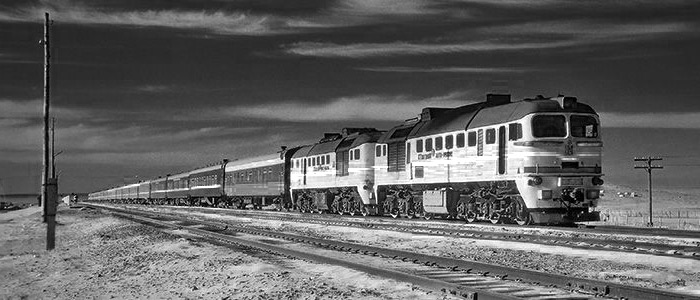
From Berlin to Poznan and Warsaw (Poland), Minsk (Belorussia), Orsha, Vyazma to Vladimir it bypasses Moscow reaching Nizhny Novgorod, Kirov, Perm and Yekaterinburg. After this city the train enters in Central Siberia through Tyumen and Omsk and ends at Novosibirsk Glavny Vokzal.
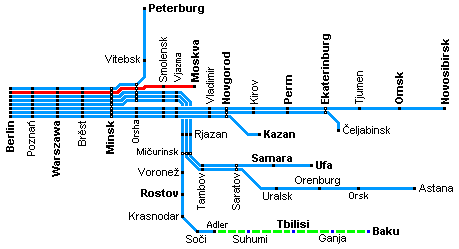
I took the last train from Berlin to reach the heart of Sibiria in mid December.
The train departs on each Saturday in BerlinZoo and reaches Novosibirsk on Wednesday morning, roughly 3,5days later. The third biggest city of Russia was founded in 1893, formerly the geographical center of the Russian Empire factoring in the former territory of the Tsars. The project ended at the chapel the middle of Krasny Prospect.
Trains are an archaic from of traveling which did not change much in the last 100 years. This was an experience for one, not to tell what IS out there, which always is a stand-in, a representation. To show you, report how it really was, you would need to live the action, only poetry may get closer in between the lines, the cuts. The pictures or description do not show the nostalgia of how it actually was, they give a framework for what is not there, open the space for the unknown. A train ride like a documentary can be a uncertain space in which ‘no-knowledge zones’ emerge outside the window and inside the compartments or edits in a sequence – they may open up zones like denominated and designed by Pierre Huyghe:
[R]eality is not what it used to be; it has become relative. As always, it has to be invented. As geography toyed with their senses, chemical elements and natural phenomena would conduct their movements. Perhaps they would need to invent a chemical language or ingest a drug that would alter the real rather than its perception. The journey would encounter islands and then make them disappear, producing no-knowledge zones that would emerge whenever the capacity for language to seize reality would end. The elsewhere remains a story, and the rest is exoticism. If language fails to recount the experience, an equivalence, topologically identical to the occurrence, has to be invented.
Pierre Huyghe in: ‘El Diario del Fin del Mundo,’ Artforum International 43:10 (2005): 299

